
Citronella isn't just for repelling mosquitoes.
This plant has multiple uses and benefits that few people know about. Lemongrass is also an edible plant.
A few years ago, an old farmer gave me a bunch of lemongrass stalks and said:
"Put those stems in water and they'll grow back on their own."
He also showed me how to cut it and use the inner part of the lemongrass to consume it.
It smelled so good when he cut it and since then I can't live without it at home.

Now I use lemongrass to add flavor to the dishes I cook.
A slightly lemony flavor in rice, a little spicy in smoothies, but also in sautéed vegetables and soups.
And when you've read about all the health benefits it has, I'm sure you too won't be able to live without it!
So why not start growing lemongrass?
You'll see, it's super easy to grow lemongrass.
Here's how to plant and grow lemongrass and how to use it to reap all its benefits.
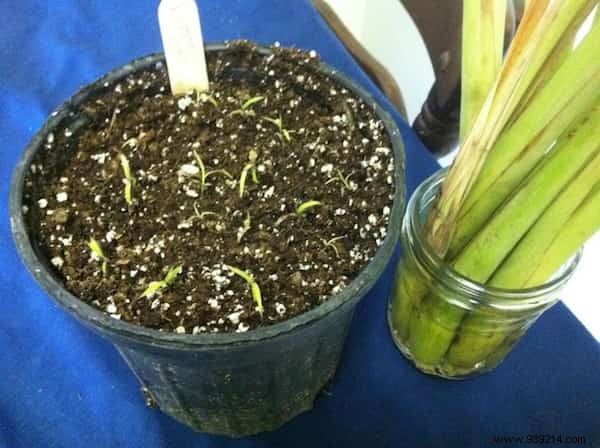
Lemongrass is a subtropical plant that does not tolerate very low temperatures.
If you live in a cold region, grow your lemongrass in a pot so you can bring it indoors in the winter.
In the ground, grow your lemongrass in full sun, with plenty of water, in rich, well-drained soil.
If you grow it in a pot, fill the pot with compost or put some earthworms in it.
Aerate the soil every 2 weeks, to ensure that the nutrients are renewed.
The advantage of lemongrass is that it grows naturally and quickly as soon as it feels good. It requires little maintenance.
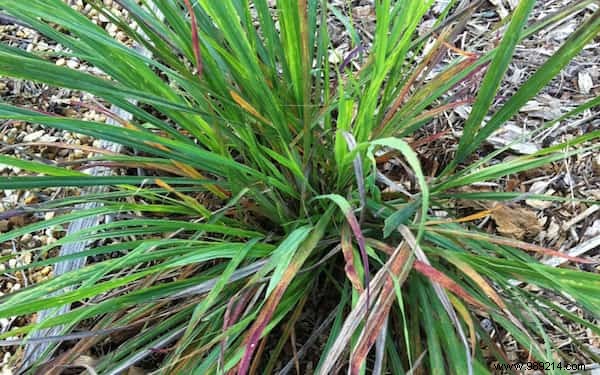
Know that there are different varieties of lemongrass, even if it is not necessarily specified when you buy it.
Lemongrass is found either in the form of seeds for sowing, bulbs or in the form of plants.
Lemongrass germinates in 1 to 2 weeks maximum and the seed has a high germination rate.
Put the seeds in moist soil and in a warm place until they germinate.
Transplant them into a pot when the shoots are about 15cm tall.
Remember to space them about 5 to 7 cm apart so that the roots have enough space and thus develop properly.
If you want to take cuttings of your own lemongrass from store-bought stems and transplant them, just place them in a vase with 2-5cm of water.
Then let nature do its thing until the roots start to grow. Remember to change the water every 2 days.
Lemongrass requires very little maintenance.
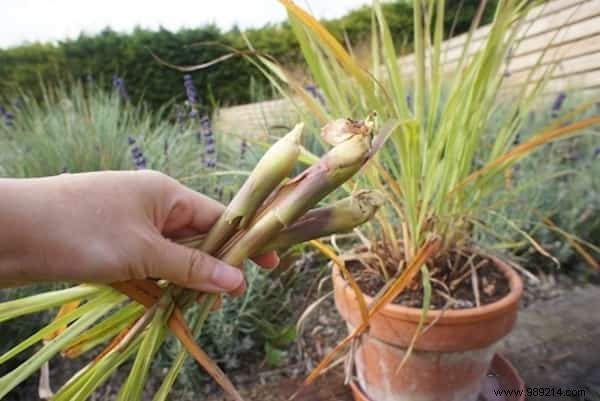
Once you start to see new leaves developing, that's a sign that the lemongrass has enough roots to transplant into a large pot.
How to collect lemongrass? It's simple. To harvest a stalk of lemongrass, grasp it firmly near the base and pull.
The white kernel of lemongrass is what is used in cooking.
As for the leaves, use them to make an infusion with a slightly lemony taste.
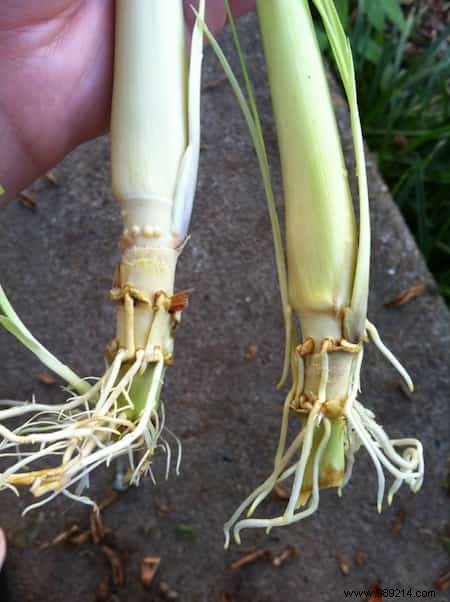
Remove the green leaves and chop them finely. You can also grate the white part of the lemongrass.
Now you wonder how to use fresh lemongrass from the garden?
I use lemongrass to flavor rice. For this, I put the chopped lemongrass in a muslin bag that I put in the rice cooking water. Once cooking is complete, simply remove the bag.
Here is another recipe with lemongrass that I love:Thai chicken thighs.
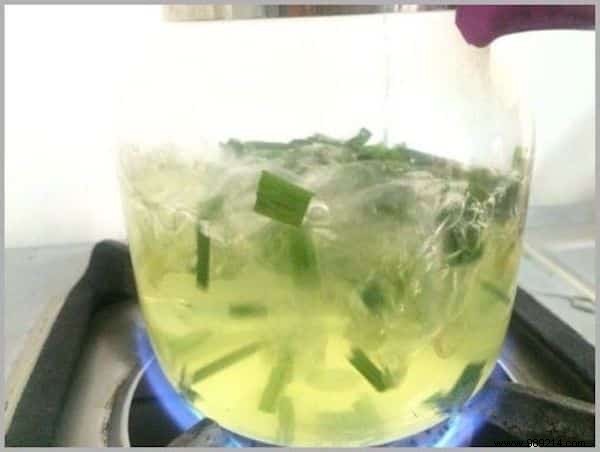
In infusion, lemongrass helps to better digest and calm stomach cramps.
It also helps to reduce bloating and the "small belly" effect after a good meal.
Its bactericidal properties make it an excellent ally for treating sore throats and colds.
For this, drink 3 cups of lemongrass infusion a day at the first symptoms.
Lemongrass is also effective in combating stress or anxiety. A lemongrass infusion before bed is perfect for relaxing.
It also has a hypoglycemic effect that helps lower blood sugar levels.
It is also a painkiller known to relieve arthritis or relieve tendinitis or strained skin.
Diuretic and draining, it is perfect for a detox cure once or twice a year. Add lemongrass to your detox juices to amplify their effect. Discover the list of ingredients here.
To fight against cellulite naturally, do a massage with a little lemongrass essential oil.
Finally, citronella is an effective repellent against mosquitoes, moths and aphids.